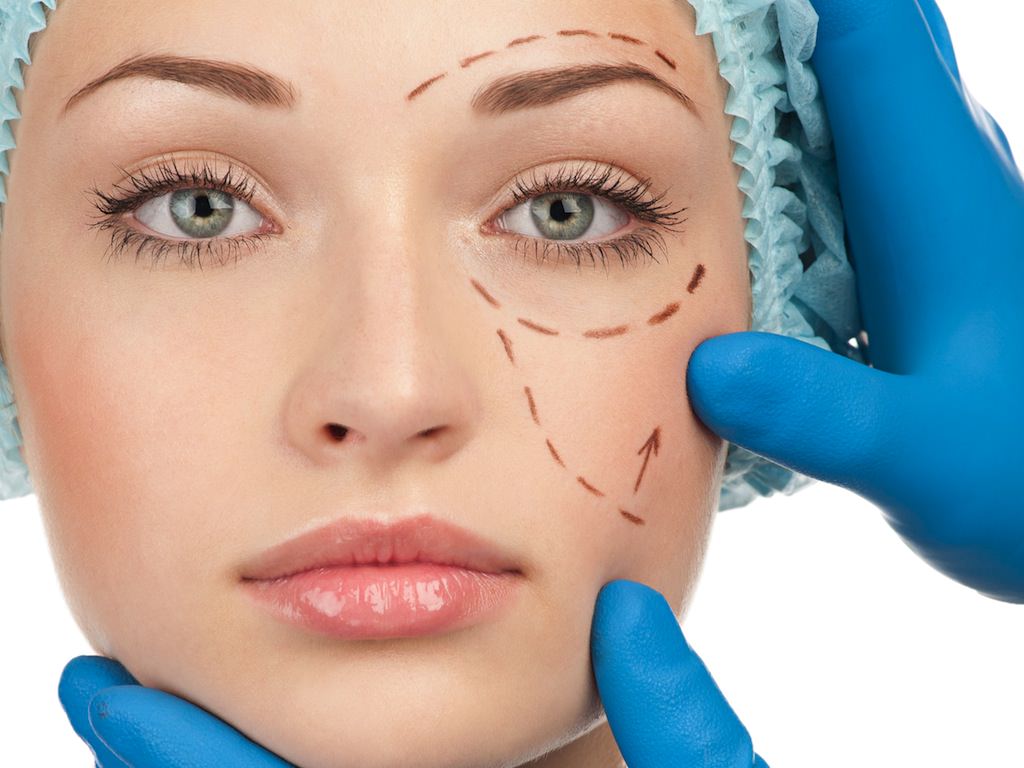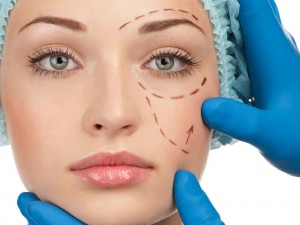
Cosmetic Surgery
After the restoration of dysfunction, comes the part of cosmetic surgery. Cosmetic Surgery is a process which alters the appearance of defected facial and body features. Mostly, plastic surgeons get additional training to perform cosmetic surgery. The process entirely focuses on boosting aesthetical appearance with symmetry, ratio and target objectives. Technically Cosmetic surgery is referred as a branch of plastic surgery.
Example Processes
Some common examples of cosmetic surgery include;
- Abdominoplasty: It outlines tummy tuck and Liposuction.
- Mammoplasty: Process features gynecomastia, breast enlargement, reduction and Mastopexy.
- Lower Body Lift: Cosmetic procedures include buttock augmentation, lift, thigh and legs reshaping.
- Skin chemical peels: Removes acne, scars and wrinkles with phenol and light and medium chemical peels.
- Otoplasty and Rhinoplasty: these are ears and nose reshaping cosmetic surgeries.
- Filler treatments, Laser resurfacing, Body contouring, Skin rejuvenation, Facial Rejuvenation, microdermabrasion, and many innovative cosmetic enhancement processes.

Plastic surgery is a process focused on reconstructing imperfections of defected facial and body parts to restore normal functionality. Most of the defects caused by pre-tumor, trauma, burns, and injury, disease or by-birth disorders which can be mended and restored with surgery.
Variation involving Plastic and Cosmetic Surgery
Plastic surgery and cosmetic surgery are the procedures which assist in improving the shape and structure of different body parts. The term plastic surgery drastically alters with cosmetic surgery with a significant number of people and even medical professionals. Technically, the usage is incorrect. Cosmetic and plastic are on the same page; however, there is a major difference in both the terms and applications.
Examples Processes
A plastic surgery procedure covers:
- Breast Reconstruction: Augmentation and Implants with general anesthesia.
- Burnt skin Repairs: Total skin replacement with new skin tissues.
- Innate defect: Congenital replacements are carried out with surgical process.
- Other processes include fringe defect and Cleft palate, Scar modification, hand surgery and lower extremity reconstruction.

Training and Post-graduate Program for Plastic and Cosmetic Surgeons
To become a certified plastic surgeon, physicians require completing a 4 year surgery program which consists of 2 years of plastic surgery in addition to 2 years of general surgery. After which in-house training and experience has to be gained revered to plastic surgery.
Cosmetic surgery on the other hand, is a board-certified training which has to be completed after post-residency fellowship. Therefore, most of plastic surgeons, dermatologists, or maxillofacial surgeons acquire cosmetic training as additional exercise benefits to their practice.



